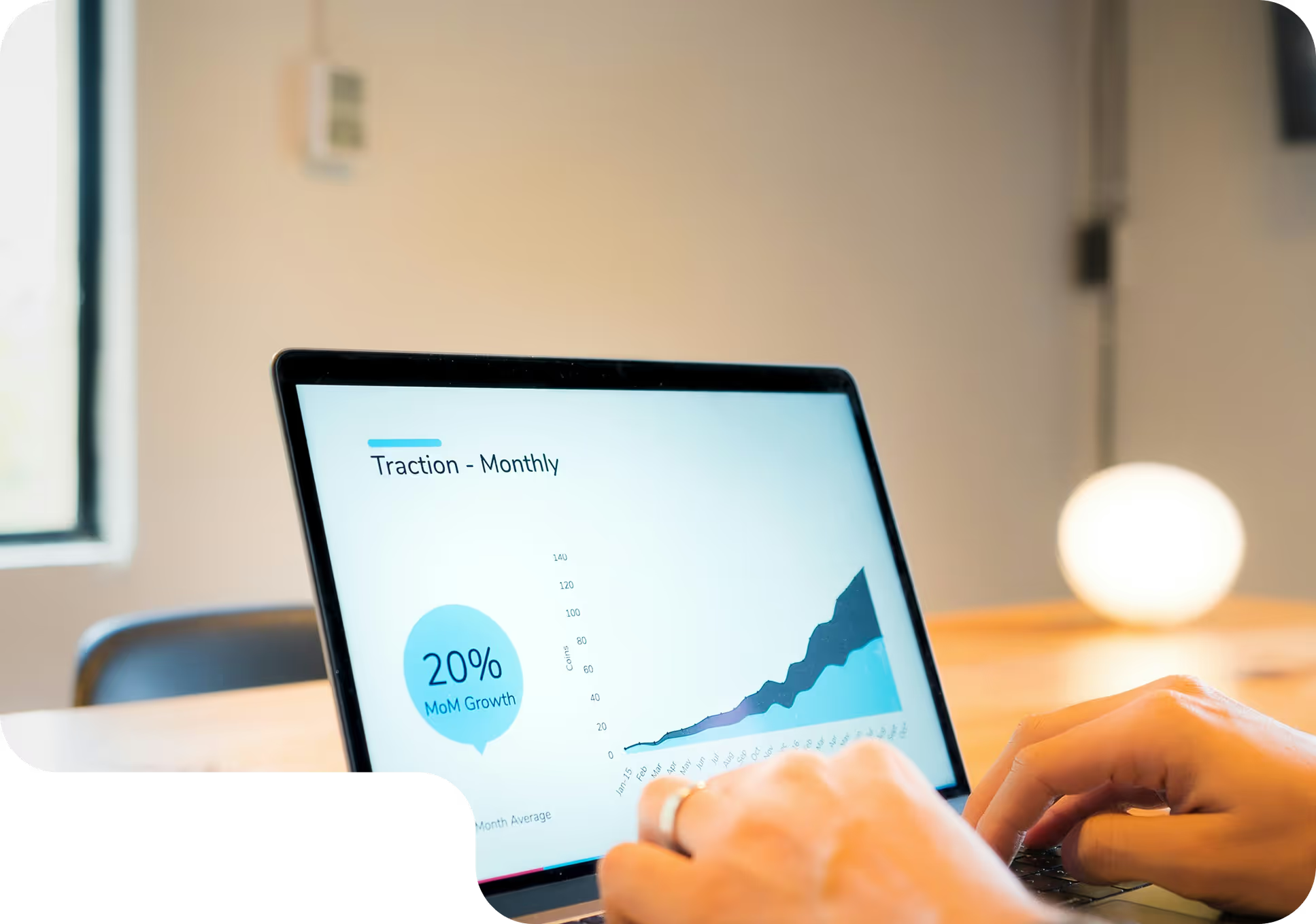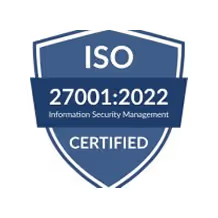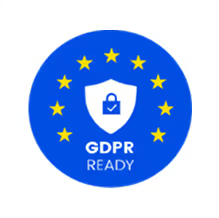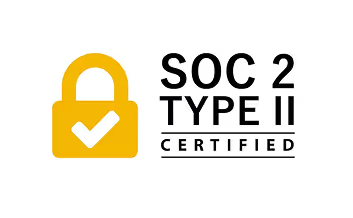Your Sherpa for IFRS
We guide your climb to IFRS S1 & S2 reporting, clear, credible, and achievable.


What You Carry On the Climb
On every ESG journey, the right gear makes the climb achievable. With GovEVA, you carry clarity, connected reporting, and trusted guidance, making IFRS S1 & S2 compliance lighter, steadier, and stronger.
Clarity at Basecamp
A clear path and audit-ready sustainability data.
Connected Trail
ESG and financials linked into one credible story.
Guided Ascent
AI tools plus Sherpa guidance, hand in hand.
Basecamp: Introduction to the Standards
IFRS S1 and S2 are the global standards for sustainability disclosures. Together, they ensure investors see the whole picture: not just financials, but also how sustainability risks and opportunities shape a company’s future.
At GovEVA, we act as your Sherpas on this journey. We bring clarity to complex reporting, blending expert consulting with AI-powered tools so you can meet IFRS requirements without losing your footing.



How We Guide Your ESG Journey
We can walk hand in hand to help you:
- Map your sustainability related risks and opportunities (IFRS S1).
- Disclose climate strategies, transition and physical risks (IFRS S2).
- Track and report Scope 1, 2, and 3 emissions with accuracy.
- Perform scenario analysis to test resilience under different climate futures.
- Align with industry-specific metrics using SASB guidance.
- Connect ESG information seamlessly with financial statements.
With GovEVA, you gain more than compliance, you gain clarity and credibility.
Map Risks & Opportunities
We identify what matters most for IFRS S1 reporting.
Climate Disclosures Made Clear
We simplify IFRS S2 climate risks, targets, and metrics.

Our Sherpa Approach Makes Complex Standards Climbable

Assessment & Gaps
We review reporting and highlight IFRS gaps.

Roadmap Design
Milestones and responsibilities mapped with you.
.avif)
Smart Data Integration
AI ensures accurate Scope 1, 2, 3 disclosures.
.avif)
Investor-Ready Reporting
Clear, compliant reports aligned with IFRS S1 & S2.

Why Climb With GovEVA
Every ESG journey needs a trusted Sherpa. With GovEVA, you gain guidance, expertise, and AI-powered tools that make compliance clear and credible.

Sherpa Mindset
We walk with you, not just hand over tools.

Expert + AI Fusion
Consulting insight powered by smart AI-powered tech.

Proven Trail Record
50+ enterprises guided, millions of data points.
Ready to Begin the Climb?
Start your IFRS S1 & S2 journey with GovEVA—where expertise and AI guide every step, hand in hand.
Start Your ESG Journey
IFRS S1 & S2 Reporting FAQs
What is IFRS S1?
IFRS S1 sets the baseline for sustainability reporting, requiring disclosure of material ESG risks and opportunities with financials.
What is IFRS S2?
IFRS S2 focuses on climate, requiring disclosures on risks, targets, scenario analysis, and Scope 1, 2, 3 greenhouse gas emissions.
Do these standards apply to all companies?
Listed firms lead, but regulators, investors, and supply chains expect even private and mid-sized businesses to align with IFRS S1 & S2.
How does GovEVA help us prepare?
We act as your Sherpa, filling gaps, building a roadmap, integrating ESG data, and delivering investor ready IFRS S1 & S2 reports.
When do we need to start?
The sooner you begin preparing, the smoother the climb. Early action reduces reporting stress and builds stronger compliance.






